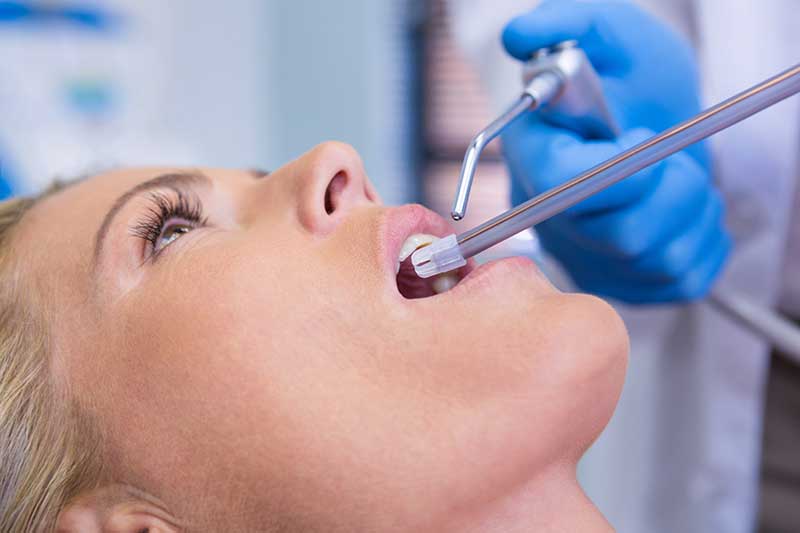
Sparkling white teeth are a symbol of health and confidence, but achieving that dazzling smile can sometimes feel overwhelming! With a multitude of at-home teeth whitening products on the market, it’s easy to get caught up in the hype. Let’s separate the facts from fiction and shed light on what you can realistically expect from at-home teeth whitening.
Teeth whitening products rely on bleaching agents, typically hydrogen peroxide or carbamide peroxide (which breaks down into hydrogen peroxide). These bleaching agents penetrate the tooth enamel and break down the molecules that cause discoloration. Stains on teeth can come from various sources, including:
At-home teeth whitening products can brighten your smile and remove some stains. However, it’s essential to manage your expectations. Here’s what you need to keep in mind:
At-home teeth whitening is generally safe when used as directed. However, be aware of potential side effects:
Professional in-office whitening treatments use higher concentrations of peroxide and sometimes light activation for faster and more noticeable results. However, they are usually more expensive than at-home options. Your dentist can help you decide which method is right for your needs and budget.
At-home teeth whitening products can be a safe and convenient way to improve your smile’s brightness. For the best results, choose the right products, manage your expectations, follow instructions carefully, and consult your dentist for personalized recommendations.
With more than 14 years of experience, Dr. Sobhi has dedicated himself to the field of dentistry. Alongside her team of skilled dental professionals, their primary passion lies in assisting patients in achieving their healthiest and most radiant smiles.
Situated in Yonge and Eglinton, Yonge and Wellesley Dental takes pride in offering comprehensive dental care. Their patients receive the utmost level of care as they leverage cutting-edge dental technology in their stunning and contemporary office.
For more information, You can find us in DENTAL STUDIO ON WELLESLEY to schedule an appointment in our office, schedule an appointment online, or give us a call at 1.416.858.4949
Are you perplexed about the dental treatment you need? Or you are concerned about which dental clinic is the right option for your dental treatment? Don’t worry we have the best dentists in town with high-tech services. For your convenience, we have multiple dental offices at different locations. Let us know your location and queries we will guide you to your nearest dental office. The location of the dental offices is as follows: